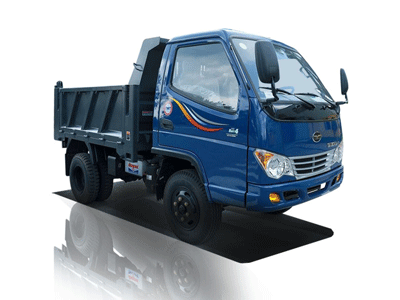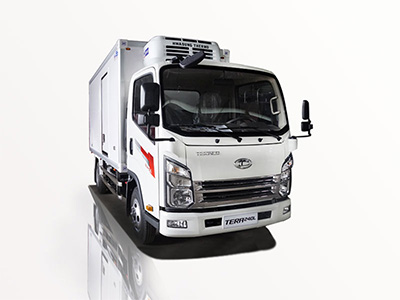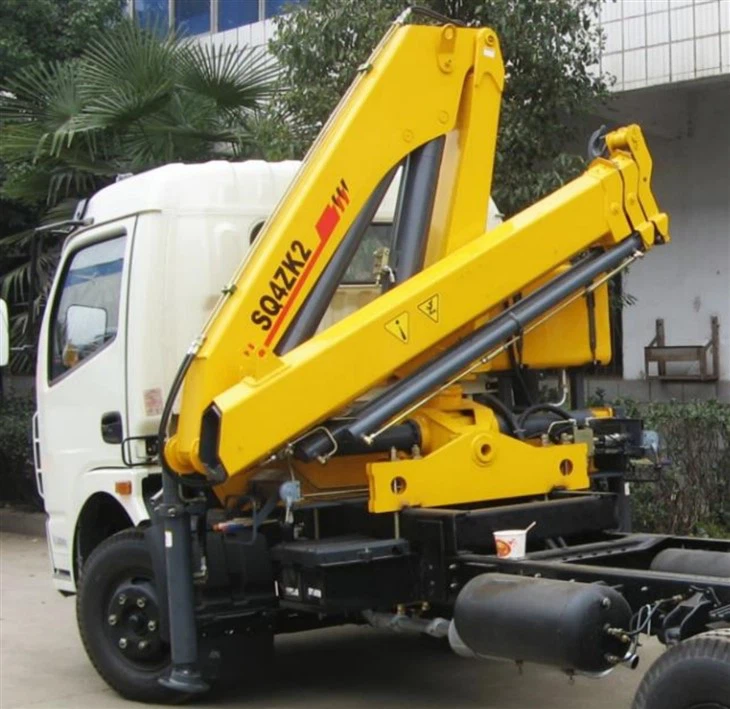Truck lifting hoists are essential tools for mechanics, auto enthusiasts, and commercial operators who need to lift heavy vehicles for repairs, maintenance, or inspections. This comprehensive guide will delve into everything you need to know about truck lifting hoists, including types, features, installation, safety tips, and much more. Read on to equip yourself with the knowledge necessary to make an informed decision.
Table of Contents
- What is a Truck Lifting Hoist?
- Types of Truck Lifting Hoists
- How to Choose a Truck Lifting Hoist
- Installation Guide
- Safety Tips for Using Truck Lifting Hoists
- Maintenance and Care
- Common Problems and Solutions
- Practical Examples of Using Truck Lifting Hoists
- FAQs
What is a Truck Lifting Hoist?
A truck lifting hoist is a mechanical device used to lift vehicles off the ground. These hoists allow for easy access to the undercarriage and components of the vehicle, enabling repairs and inspections that would otherwise be challenging. Truck lifting hoists come in various designs and configurations to accommodate different vehicle types and sizes.
Types of Truck Lifting Hoists
Hydraulic Hoists
Hydraulic hoists utilize fluid power to lift heavy loads. They are known for their strength and efficiency, making them a popular choice in workshops.
- Advantages: High lifting capability, stable lifting, and low maintenance.
- Disadvantages: Can be expensive and require specific hydraulic fluids.
Pneumatic Hoists
Pneumatic hoists use air pressure to lift vehicles. They are commonly found in professional garages and workshops.
- Advantages: Fast lifting speed and less maintenance.
- Disadvantages: Require a reliable air compressor and may not have as much lifting power as hydraulic models.
Electrical Hoists
Electrical hoists operate using electric motors to lift vehicles. They offer ease of operation and are generally quieter than pneumatic and hydraulic hoists.
- Advantages: User-friendly, good lifting capacity, and quieter operation.
- Disadvantages: Dependence on electricity and possibly higher costs.
Manual Hoists
Manual hoists rely on human power to lift vehicles, often using lever systems or screw mechanisms.
- Advantages: Typically more affordable and do not require power sources.
- Disadvantages: More labor-intensive and may have lower lifting capacities.
How to Choose a Truck Lifting Hoist
Choosing the right truck lifting hoist involves considering various factors:
| Factor | Considerations |
|---|---|
| Weight Capacity | Choose a hoist that can handle the weight of your heaviest vehicle. |
| Type of Work | Consider the types of repairs or maintenance you will perform regularly. |
| Available Space | Choose a hoist that fits comfortably in your workspace. |
| Budget | Factor in the purchase price, installation costs, and maintenance. |
| Power Source | Ensure compatibility with your available power sources, whether hydraulic, pneumatic, or electrical. |
Installation Guide
Installing a truck lifting hoist requires careful planning and execution to ensure safety and functionality.
Step 1: Preparation
Identify the location where the hoist will be installed. Ensure that the ground is level and capable of supporting the hoist’s weight.
Step 2: Assemble the Hoist
Follow the manufacturer’s instructions to assemble the hoist. This may involve connecting hydraulic lines or securing electrical components.
Step 3: Position the Hoist
Carefully position the hoist in the designated area, ensuring it is level and secure.
Step 4: Connect the Power Source
If using an electrical or pneumatic hoist, connect it to the relevant power source and ensure all safety measures are in place.
Step 5: Testing
Before using the hoist for actual work, perform a test lift to ensure everything is functioning correctly.
Safety Tips for Using Truck Lifting Hoists
Ensuring safety while operating truck lifting hoists is paramount. Here are some tips to follow:
- Always read the manufacturer’s manual before usage.
- Inspect the hoist for any signs of wear or damage regularly.
- Use safety stands or blocks when working underneath a lifted vehicle.
- Never exceed the hoist’s weight capacity.
- Wear appropriate personal protective equipment (PPE) including gloves and safety glasses.
Maintenance and Care
Proper maintenance will extend the lifespan of your truck lifting hoist. Follow these maintenance tips:
- Regularly check hydraulic fluid levels and replace them as needed.
- Inspect hoses and electrical connections for damage.
- Lubricate moving parts according to the manufacturer’s recommendations.
- Perform periodic load tests to ensure the hoist operates safely.
Common Problems and Solutions
Understanding common issues can help you resolve them quickly:
| Problem | Solution |
|---|---|
| Hoist won’t lift | Check for power supply issues or low hydraulic fluid. |
| Uneven lifting | Ensure the vehicle is centered and the hoist’s legs are positioned correctly. |
| Strange noises during operation | Inspect for loose parts and ensure all components are functioning well. |
Practical Examples of Using Truck Lifting Hoists
Here are a couple of scenarios illustrating the use of truck lifting hoists:
Example 1: Changing Oil
Use a hydraulic hoist to lift a truck for easy access to the oil pan. Once lifted, you can complete the oil change conveniently without needing to crawl under the vehicle.
Example 2: Brake Replacement
A mechanic can utilize a pneumatic hoist to lift a commercial vehicle to inspect and replace brake pads. This allows for a thorough inspection and a safer working environment.
FAQs
1. What is the average cost of a truck lifting hoist?
The price of truck lifting hoists varies widely based on type and lifting capacity, ranging from $1,000 to over $10,000.
2. How do I know which hoist is suitable for my truck?
Consider the weight of your truck, the type of repairs you will perform, and your available space to choose a suitable hoist.
3. Are hydraulic hoists better than pneumatic hoists?
It depends on your needs. Hydraulic hoists tend to have higher lifting capabilities, while pneumatic hoists are faster and easier to operate.
4. How often should I maintain my hoist?
Check and maintain your hoist at least once a month. Regular inspections will keep your hoist safe and functional.
5. Can I use a manual hoist for heavier trucks?
Manual hoists can be suitable for light to mid-weight trucks, but for heavier vehicles, hydraulic or pneumatic hoists are recommended.
6. What safety features should I look for in a truck hoist?
Look for features such as safety locks, overload protection, and emergency stop buttons to ensure safe operation.



